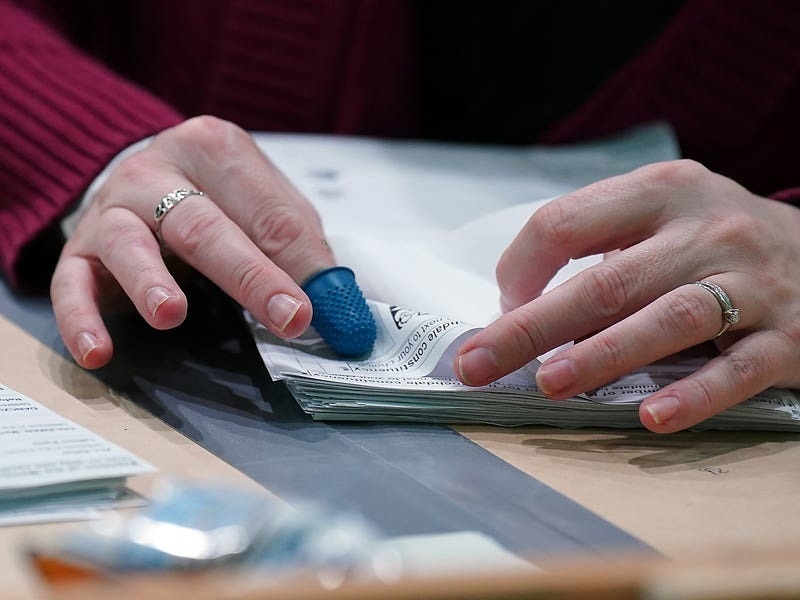Due to the nature of the artificial surface, which has been adopted by professional clubs around the world and is particularly popular with Russian teams, due to its being playable in all weathers, certain footballing footwear is strictly prohibited.
- Moulded studs: Best for dry surfaces. They have more studs than other boots so cover a greater surface area and do not cause blisters.
- Blades: A hybrid option best suited for pitches in between hard and soft.
- Screw-in blades or studs: The blades on theses boots can be changed to suit the pitch. Longer-studs are used for softer pitches.
Players wearing blades, metal or metal-tipped studs are banned from the field, and flat-soled shoes and hockey-trainers are not recommended. Players instead have to wear boots with moulded plastic studs.
It is a rule that renders the heavy, metal-studded boots worn by many players during England’s World Cup heroics in 1966 obsolete.
One Islander – 72-year-old Peter Barnard – still owns a pair of boots that were sold in the 1950s. But despite the boots’ added protection, their weight, high ankle and long, metal studs were unpopular with many players and would have certainly been banned from the new Springfield surface.
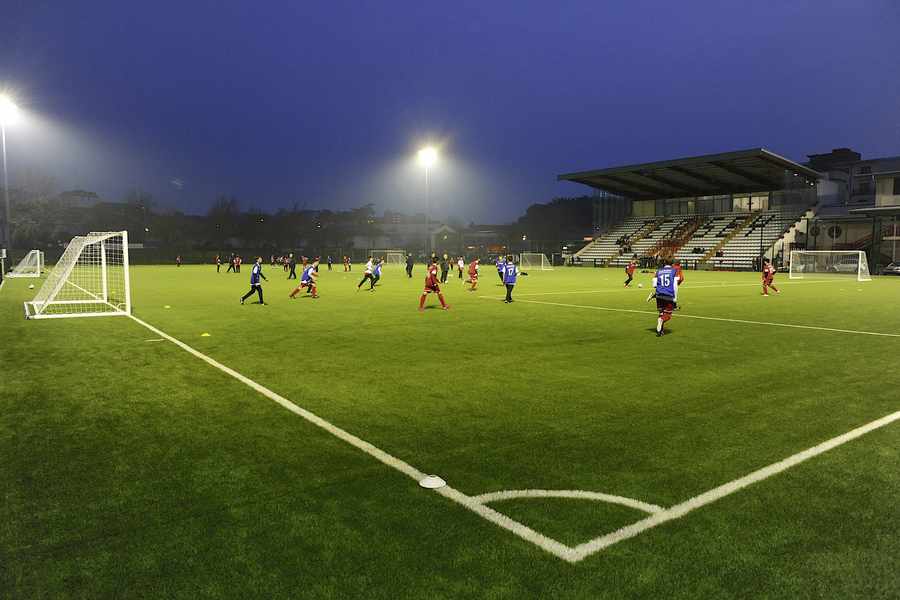

So how exactly have boots changed over the years? Former St Martin FC footballer Steve Arthurs has been selling football boots from his shop Graeme Le Maistre Sports Ltd for more than 25 years. In that time he has sold thousands of pairs. But he is in no doubt as to the best boot he has seen or sold.
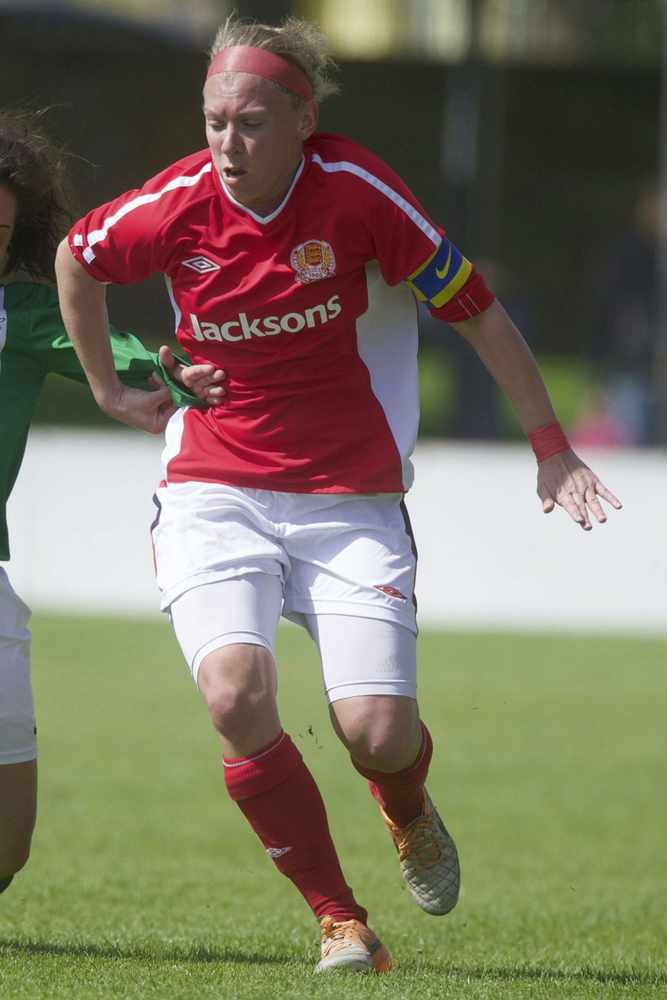
Jodie Botterill, former professional, Wales international and current Jersey player: ‘I wear moulded stud boots, so the new surface at Springfield will not affect me. I own so many pairs of boots at the moment. I wear a black and white pair of Nike Tiempos for training and a yellow pair for matches.’
Peter Vincenti, professional midfielder for Rochdale and former Jersey player: ‘I will always wear Adidas, always have done, with screw-in studs. I’ve always been a black and white boot man, right from a kid. I wanted some coloured boots as a kid but my old man said to me: “You have to be a good player to wear them!”.
Kurtis Guthrie, former Muratti striker who now plays professionally for Conference Premier League team Forest Green Rovers: ‘I wear the yellow Nike Majesta. I used to wear black and white boots but there are so many out there now its just down to personal preference. Plus, I’m an attacking player so you get a bit less stick!’
Craig Culkin, former Jersey team manager: ‘I’m a traditionalist so it’s black and white boots for me. I’m not into those luminous boots. I’ve always been a fan of the Adidas Copa Mundials, but I suppose a boot is a boot and a lot of the kids are wearing luminous boots nowadays.’
Chris Jones, Jersey Soccer School coach and former Tottenham and Leyton Orient striker: ‘Obviously the boots have changed a lot over time but I am not sure if they are for the better, as players seem to be getting a lot more injuries than in my day. When I was at Tottenham I was sponsored by boot maker Patrick, so I used to wear their boots. I’m not even sure if they exist any more. Nowadays there are no pink boots for me – you have to be a certain player for them. I just wear a pair of Pumas now.’
‘The Adidas Predator are still are very popular, although they seem to have been dropped this year, replaced by something called the Control. There is quite an interesting history behind them. Former Liverpool winger Craig Johnstone cut up a pair of goalkeeper gloves and stuck them to the side of his boots and found that with the grip, he had more control and more spin on the ball. He took the idea to Adidas and they ran with that.’
Mr Arthurs, who said that modern boots can retail from anything from £45 to £130, added that Nike and Adidas were the current kings of football boot market, but it was a shoe backed by former Manchester United and Northern Ireland legend George Best that changed the market for ever.
‘The George Best Style Matchmakers were the first coloured boots, and they had a flat top and a side lace. They were also the first boot that was backed by a superstar,’ said Mr Arthurs.

‘But the worst boot I have ever come across was one where the studs rotated on the bottom. The idea was that they would reduce ankle and knee injuries because they would not get stuck in the ground. They just didn’t work at all and they didn’t last long. They probably caused a few more injuries, not prevented them.’
Mr Arthurs added that Springfield’s new surface may be problematic for some but that due to the nature of the weather and the quality of pitches in Jersey, most players would opt for a moulded-stud boot anyway.
‘Over here it is ideal to have a pair of screw-ins and moulded studs – that’s what I used to have. But if you had to have just one pair for July to April, it would have to be a moulded boot.
‘A lot of schools insist on moulded studs because of safety – not necessarily because screw-ins are dangerous but because a lot of the time kids have to walk across tarmac to get to the pitch and I suppose that could sharpen the blade or stud.’
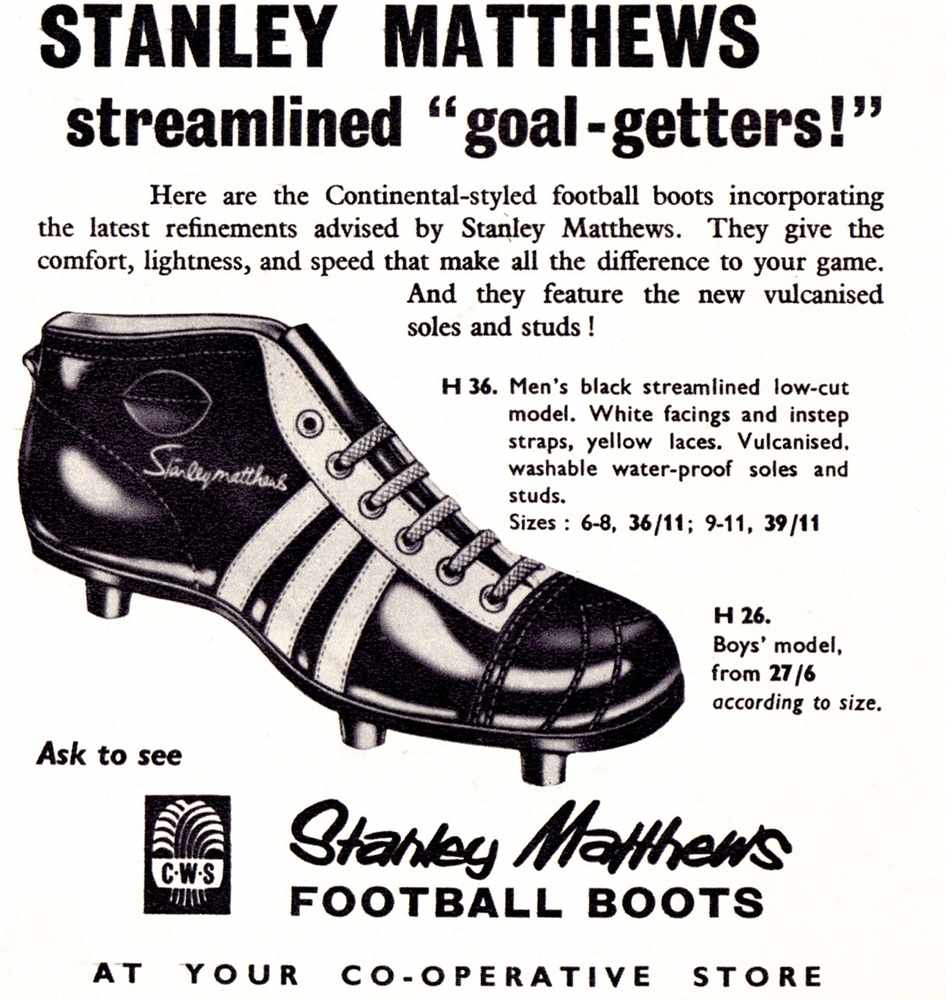
1800s
As the game grew in popularity and rules turned it from a chaotic -event between neighbouring villages to a more structured contest, the first football boots were born. Factory and manual workers would often use their work boots and hammer tacks or studs, known as cleats, into the bottom for better grip on the turf.
1900-40
The most significant event in the football boot world in the first part of the 20th century was the formation of several football boot producers, including Gola (1905) and Valsport (1920). German brothers Adolf and Rudolf Dassler formed the Gebrueder Dassler Schuhfabrik (Dassler Brothers’ Shoe Factory) in 1924. They produced the first football boots in 1925 which had six or seven replaceable studs.
1940-59
An increase in air travel availability after the Second World War meant more international fixtures. South American players were pioneering lightweight boots which gave them greater ball control. In 1948 Adolf (Adi) Dassler (Das) created the now world-famous brand Adidas after a falling out with his brother Rudolf, who went on to establish Puma.
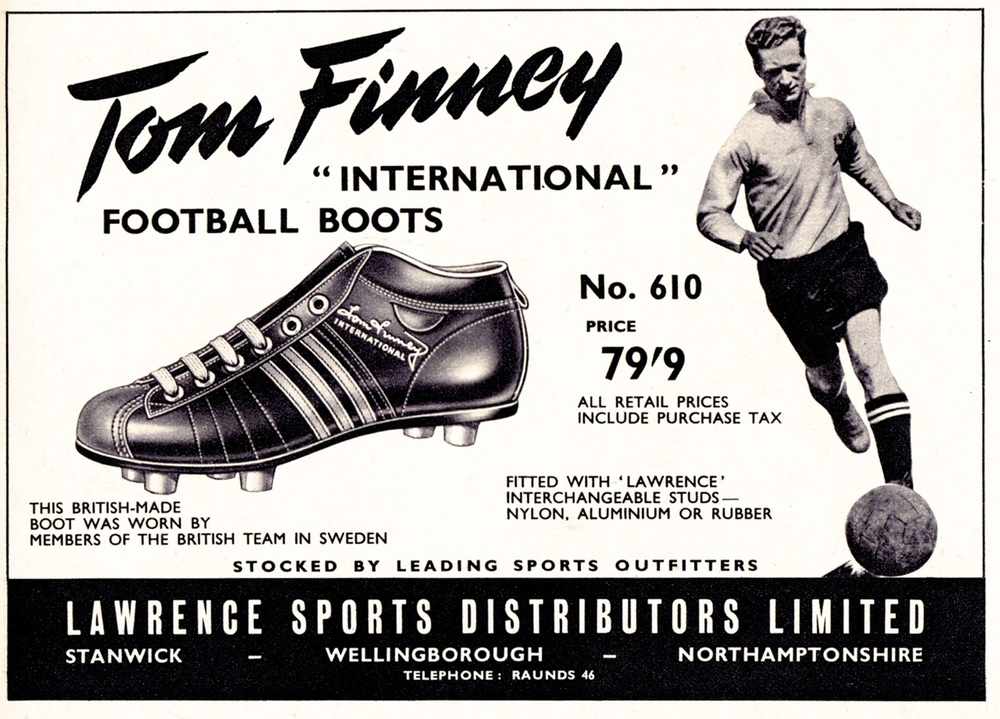
1960s
Boots were now being cut lower on the ankle, which enabled players to move more quickly. Brazilian football-star Pele wore a pair of Puma football boots in the 1962 World Cup finals.
1970s
Football’s greatest selling boot of all time, the Adidas Copa Mundial, was first sold in 1979. Earlier in the decade Puma had developed the Puma King, which was made famous by Pele.
1980s
Former Liverpool winger Craig Johnston designed the Adidas Predator, which included a traction surface that supposedly allowed players greater control over the ball. However, the boot was not released until the 1990s. English company Umbro released their first boots in 1985.

1990s
The Adidas Predator was released and Nike entered the race with their boot the Mercurial, which weighed just 200g – less than half of the weight of the first boot ever made.
2000s
Since the turn of the millennium more and more manufactures have experimented with technology. Australian company Nomis developed a boot with Wet Control Technology that supposedly increased a player’s control of the ball when it was wet.
Footballer-turned-boot-designer Craig Johnston brought the world the spiky PIG (Patented Interactive Grip) boot. Then there was the Kelme boot with ‘shark technology’ that was released in 2006, made from shark leather.
Italian company Lotto later pioneered the laceless football boot when they released the Zhero Gravity.
2010s
Today football boot technology has advanced to new extremes. Concave have designed the PT+ which supposedly increases by up to 30 per cent the power and accuracy a player can achieve when striking the ball. And Adidas and Nike have designed the world’s first integrated knitted football boot and sock hybrid.



